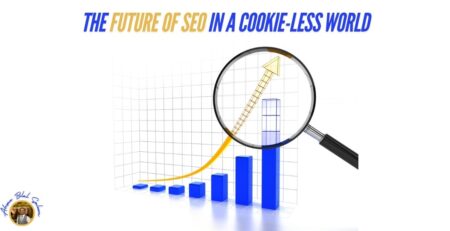Advanced SEM Techniques for E-commerce Websites
In the competitive world of e-commerce, leveraging advanced Search Engine Marketing (SEM) techniques can be the key to driving traffic, increasing conversions, and boosting sales. Here, we’ll explore some of the most effective SEM techniques that can help e-commerce websites stay ahead of the curve in 2024.
1. Dynamic Search Ads (DSAs)
Why You Need It: DSAs automatically generate ads based on the content of your website, ensuring your ads are always relevant and up-to-date with your inventory.
How It Works: Google scans your website to understand your offerings and creates ads that match user search queries. This automation helps capture long-tail keywords and keeps your ads fresh without manual updates.
Benefits:
- Saves time on keyword research and ad creation.
- Captures traffic from a wide range of search queries.
- Ensures ads reflect current inventory and offerings.
2. Remarketing Lists for Search Ads (RLSA)
Why You Need It: RLSA allows you to tailor your search ads to users who have previously visited your site, increasing the likelihood of conversions from these more engaged prospects.
How It Works: By adding users to remarketing lists, you can customize your bids and ads for these potential customers when they search on Google again.
Benefits:
- Higher change rates from additional designated advertisements.
- Better ROI by focusing on users already interested in your products.
- Enhanced bidding strategies based on user behavior.
3. Shopping Campaigns with Smart Bidding
Why You Need It: Google Shopping campaigns, enhanced with Smart Bidding, use machine learning to optimize bids for each auction, maximizing conversions and value.
How It Works: Smart Bidding strategies such as Target ROAS (Return on Ad Spend) and Enhanced CPC (Cost Per Click) adjust bids in real-time based on various signals like device, location, and time of day.
Benefits:
- Automated bid adjustments for optimal performance.
- Improved campaign efficiency and ROI.
- Insights into product-level performance for better inventory management.
4. Utilizing Custom Audiences
Why You Need It: Custom Audiences allow you to target specific groups of users based on their interests, behaviors, and past interactions with your website.
How It Works: By combining data from your website with Google’s audience insights, you can create highly targeted campaigns that reach the right customers at the right time.
Benefits:
- More precise targeting for increased relevance and engagement.
- Enhanced customer insights for better marketing strategies.
- Increased conversion rates through tailored ad experiences.
5. Implementing Price Extensions
Why You Need It: Price extensions in your search ads provide potential customers with detailed pricing information upfront, helping them make informed purchasing decisions.
How It Works: Add price extensions to your ads to display the cost of your products or services, along with a brief description and a direct link to the product page.
Benefits:
- Improved ad visibility and click-through rates.
- Higher quality leads by providing pricing information early.
- Enhanced user experience with straightforward pricing.
6. Leveraging AI and Machine Learning
Why You Need It: AI and machine learning can significantly enhance your SEM strategies by automating tasks, optimizing campaigns, and providing deeper insights into customer behavior.
How It Works: Tools like Google’s Smart Campaigns use AI to manage and optimize ad placements, bids, and budgets, while providing actionable insights to improve performance.
Benefits:
- Smoothed out crusade the executives with less manual intercession.
- Improved targeting and personalization through predictive analytics.
- Enhanced decision-making with data-driven insights.
7. Cross-Channel SEM Strategies
Why You Need It: Integrating your SEM efforts across multiple channels ensures a cohesive strategy that maximizes your reach and impact.
How It Works: Use tools like Google Analytics and attribution modeling to track performance across search, display, and social channels, ensuring your messaging is consistent and effective.
Benefits:
- Greater reach by targeting users across various platforms.
- Consistent messaging and branding for a unified customer experience.
- Further developed bits of knowledge into cross-channel execution and client ventures.
Conclusion
For e-commerce websites, advanced SEM techniques can be the difference between standing out and blending in. By utilizing Dynamic Search Ads, RLSA, Smart Bidding, Custom Audiences, Price Extensions, AI, and cross-channel strategies, you can create a robust SEM strategy that drives traffic, increases conversions, and boosts sales. As 2024 progresses, staying ahead with these techniques will ensure your e-commerce site thrives in a competitive marketplace.










